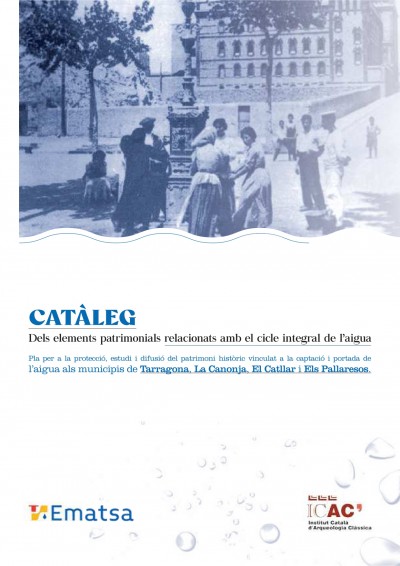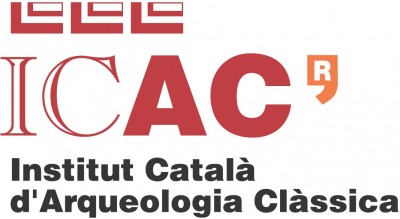
We publish in open access (available for online consultation and download) the recent publication Catàleg dels elements patrimonials relacionats amb el cicle integral de l’aigua, a 2021 co-edition with EMATSA (public Tarragona corporation for water provision).
The publication displays a compilation of data on the different historical elements linked to the collection and delivery of water to the municipalities of Tarragona, La Canonja, El Catllar, and Els Pallaresos.
The Catalog is composed of 104 elements. No element has been excluded depending on its time: Roman elements have been included, up to the contemporary distribution facilities still in use. Thus, it is understood that all those elements that have had in the past or still have in the present a function related to the public supply of water can and should be considered patrimonial.
Texts by Anna Ferré Boltà (ETSA-URV), Josep Maria Macias (ICAC) and Josep Maria Toldrà (ETSA-URV).
The efforts that have been made to obtain water constitute today a human heritage that goes unnoticed in our collective narrative, and that is made up of a series of elements that we can include in the architectural heritage, plus others that continue to be current equipment or services linked to the water supply.
Sin agua no hay absolutamente nada. Pero nuestro actual nivel de confort y bienestar hace que normalicemos aquello que, durante la mayor parte de nuestra historia, no ha sido ni frecuente ni fácil de obtener. Y eso implica que, en el día a día, no valoremos como corresponde lo que es un hito capital en el establecimiento de nuestro nivel de calidad de vida y de nuestra salud. En la sociedad de la inmediatez y del crecimiento económico continuo, a menudo olvidamos lo más fundamental para nuestra existencia colectiva o supervivencia individual. El agua es vida.
This work has been possible thanks to the collaboration agreement between EMATSA, the Catalan Institute of Classical Archeology (ICAC), and the School of Architecture (ETSA) of the Rovira i Virgili University, signed in Tarragona on February 26, 2019, and that represents the creation of a joint workspace between three institutions committed to research, preservation, and dissemination of common historical heritage in relation to the supply of water to the city of Tarragona and a part of the surrounding territory.
For the first time, these three institutions set objectives with the intention of spreading and preserving the legacy that water management has left, as a way to highlight the role that the satisfaction of this primary need has in our future and with the firm commitment to a willingness to take into consideration this past within cultural socialization strategies.
There is not just a historicist desire, for documentation of an engineering task, for applied geological knowledge, for equipment management, and for solving difficulties of all kinds; but an underlying interest in revaluing the historical role of water management in the constitution of our society and our territory.








